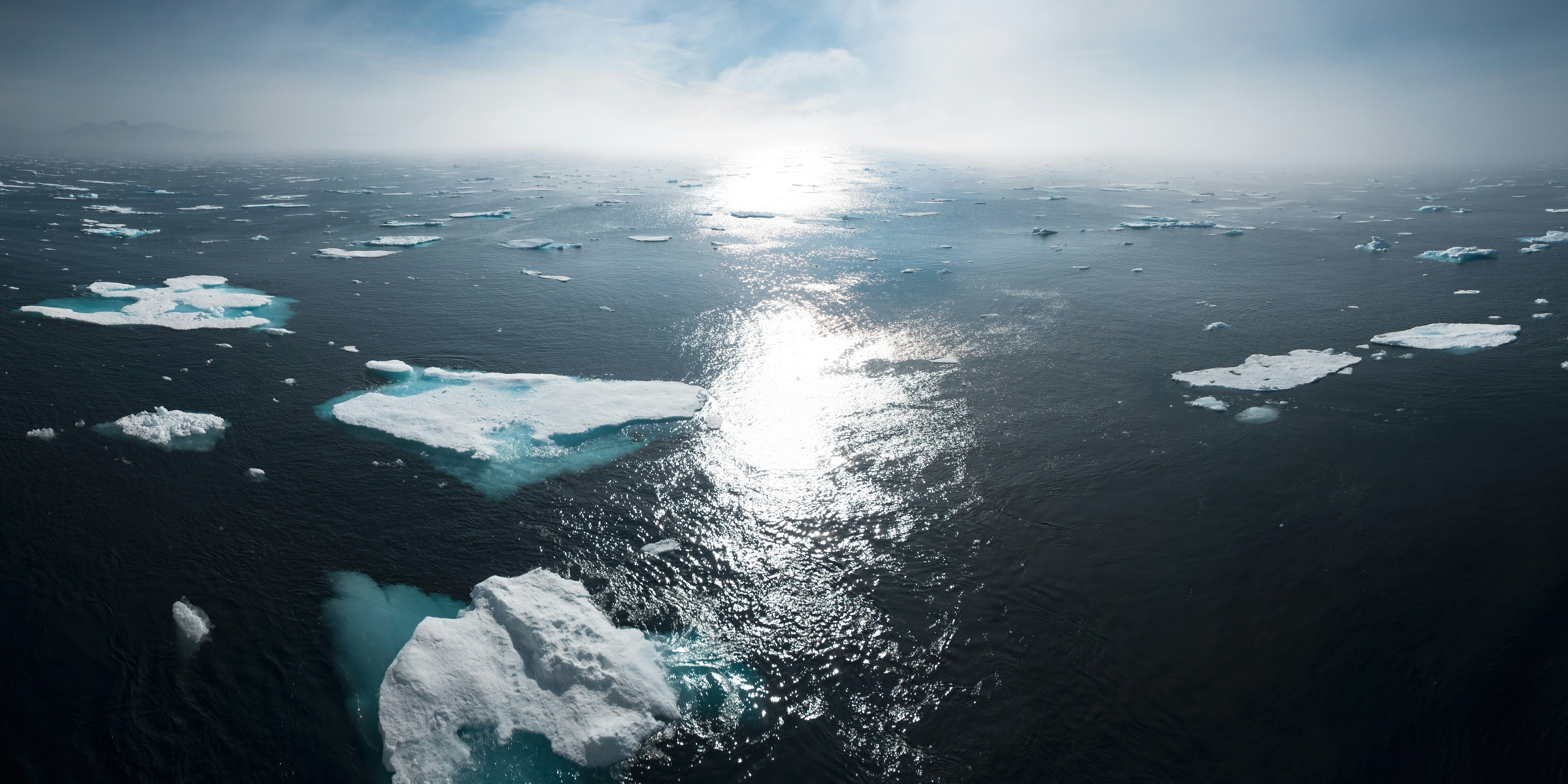Ocean Census to Discover 100,000 New Species in a Decade
Scientists are conducting an ‘ocean census’ to discover 100,000 species in a decade. They’re launching dozens of explorations deep into the ocean to build a huge catalogue of as-yet-unknown marine life.
An estimated 2.2 million species live in the ocean, but just 10% of them have been discovered and named by scientists. It’s a race against time to document endangered marine animals before overfishing and climate change drive them to extinction.
The Ocean Census
The census will build a vast open-access database to help with conservation and create a network of marine scientists that spans the globe. Around 2,300 new discoveries have been made every year at a steady rate since the 1800s.
Using new technology, the Ocean Census is targeting 100,000 discoveries in the next decade. It will use high-resolution underwater imaging and the sequencing of waterborne DNA shed by sea creatures. Underwater lasers now make it possible to scan gelatinous animals such as jellyfish in situ rather than bringing them back to land.
Most of the discoveries will be smaller species, but there could be some surprises. The world’s longest sea creature, a 45-metre siphonophore, was only found in 2020. Nekton, The Nippon Foundation and the Schmidt Ocean Institute are spearheading the Ocean Census.
As the planet warms, the ocean is rapidly acidifying and losing oxygen. Marine species are disappearing at twice the rate of those on land. Humans rely on a healthy ocean for a stable climate, food, jobs, oxygen and well-being. By understanding more about the ocean, we can better protect and conserve the amazing life it harbours.
Topics:
Nature and BiodiversityMore on Nature and BiodiversitySee all
Andrea Mechelli
May 15, 2024
Sha Song
May 8, 2024





